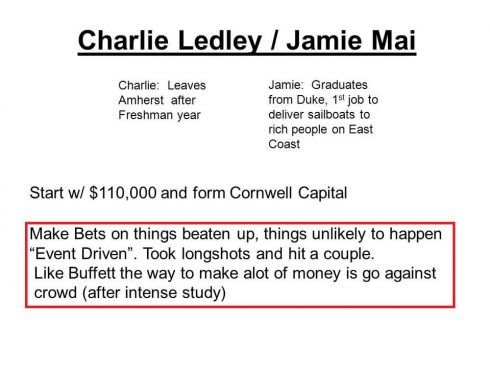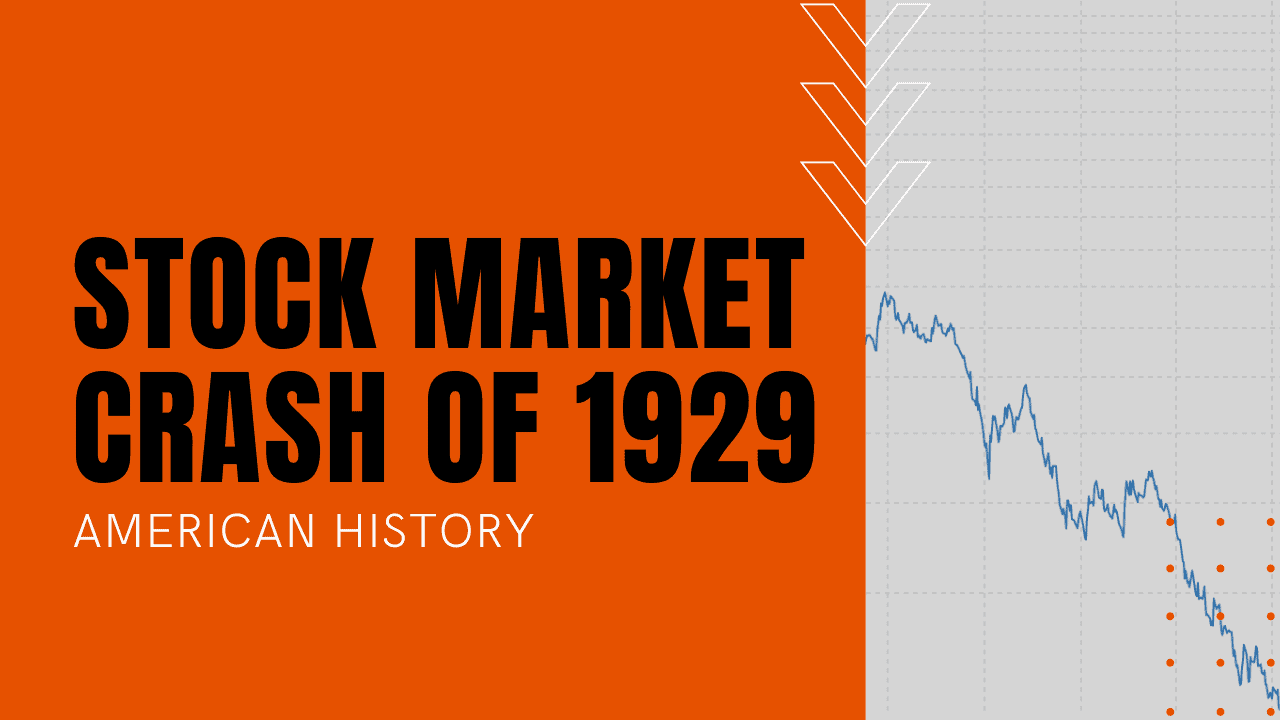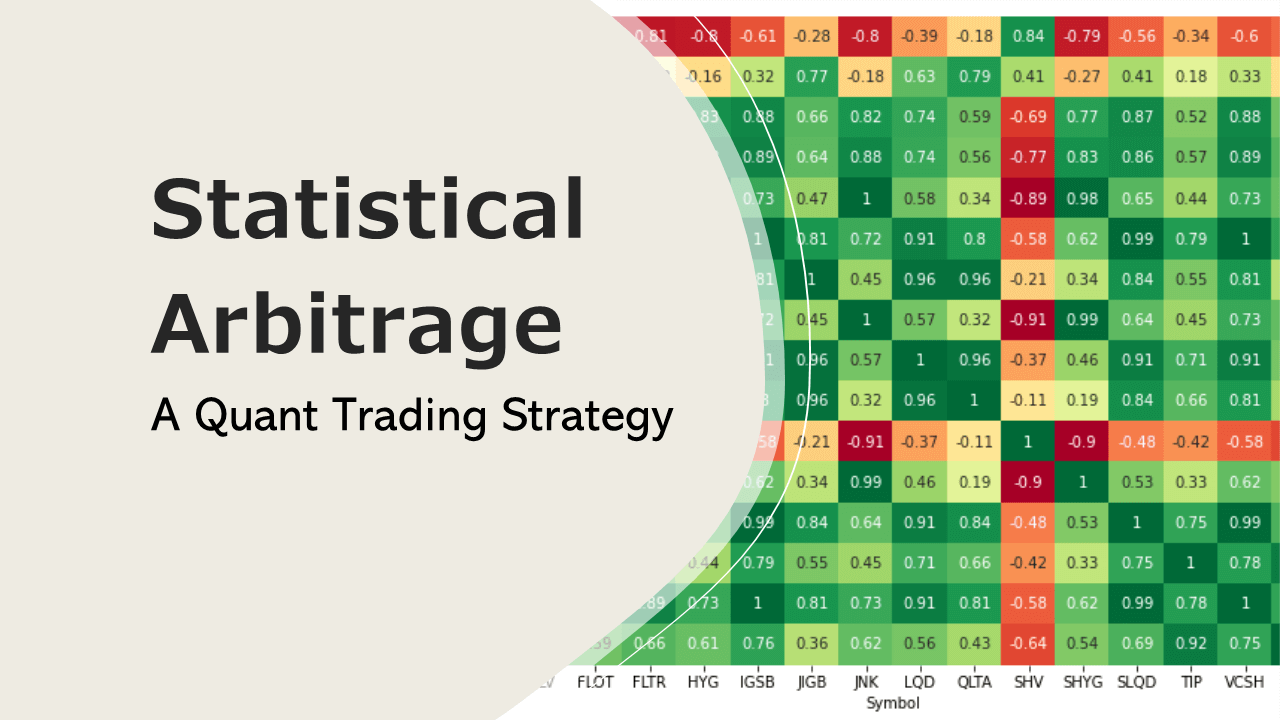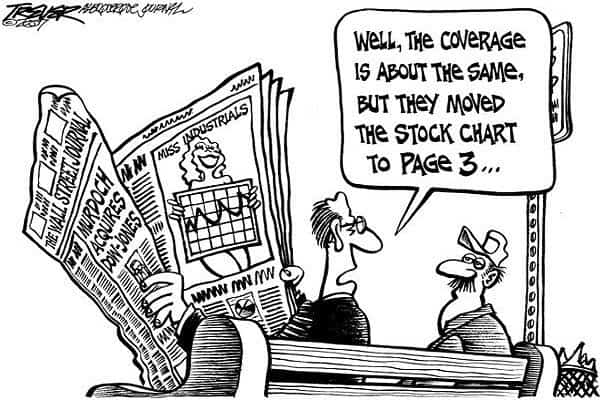Money Management Adjustments
Money Management Adjustments for Constant Exposure
Money management implementations should be monitored on a periodic basis if you want to maintain your exposure. Two aspects of your trading system should be monitored one is your risk and the other one is the volatility. Let’s suppose you have a $400,000 dollar trading account and open a position in gold. Your money management rules allow you an initial risk of 3% and your ongoing risk is 4%. You purchased 6 gold contracts for $1,240 with stop-loss at $1,220. Your risk is $2,000 per contract and $12,000 in total for the 6 gold contracts traded. The next day your position jumps to $1,260. Now your profits are $40 times $100 that equals $4,000 per contract or $24,000 for the 6 contracts traded. You decide to keep your risk at 3% total equity. By limiting your risk you reduce the probability of a large drawdown in your portfolio. Since 3% of $424,000 is $12,720 you reduce the number of contracts traded. If you keep your stop-loss at $1,220 and your open positions go from $1,260 down to $1,220 you lose $40 x 100 x 6(contracts) = $24,000 which is more than the 3% rule you set before. Therefore you must reduce the number of contracts traded to 3 so if the position moves $40 against you you still keep half of the profits.
Why not raise your stop to keep the number of contracts traded ? Risk management is the part of your system that tells you how much. By altering the stop-loss you are not following your trading system. By selling half of your contracts you keep your total risk within the acceptable limits. You still have the opportunity to profit since you have not exited your trade just adjusted the position size.
Let’s have a look at the volatility of assets and how we can implement it into our systems. Suppose you have $400,000 in starting capital and you decide to buy crude oil at $40. Your model says that the daily volatility of crude oil is 0.5% of your total equity. You limit your daily swings to 1% and monitor the average true range once every week.
If daily swings are $2 for crude oil it translates into a price swing of $2,000 per day. You decide daily volatility not to exceed 1% of your $400,000 equity or $4,000 when you purchased the two contracts. Suppose crude oil jumps to $50 over the next few weeks so that your 2 crude oil contracts give you a profit of $20,000. Your total equity is now $420,000 and you allow your portfolio swings to be 1% which equates to $4,200. If crude oil price swings rise to let’s say $4,000/contract you will have to sell one contract.
When prices increase at a fast pace the volatility will also go up. If you find yourself in such a market environment the number of contracts has to be adjusted. By adjusting to the new price dynamics you protect your portfolio from large daily fluctuations. Incorporate the number of directional price changes into this equation and you can come up with even better models for position sizing.







